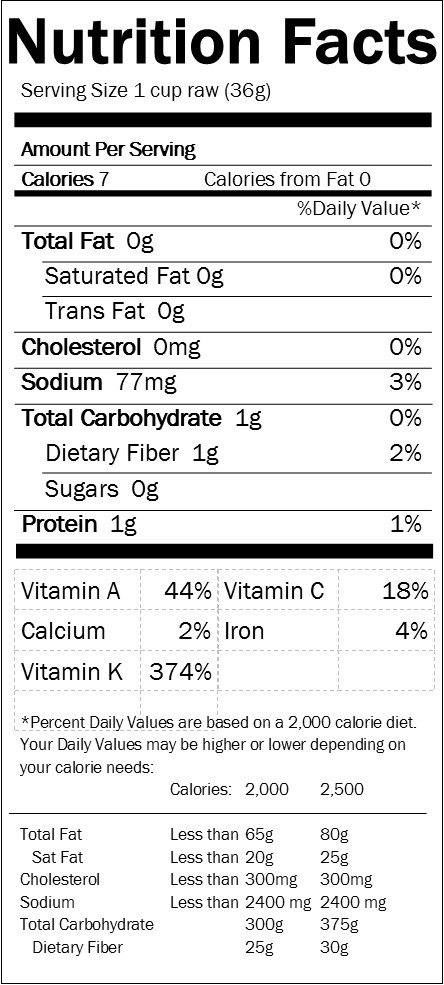
SELECTION
Select leaves that are green or reddish (not yellowed) and fresh with minimal damage to the leaves and no signs of wilting. The stalks can be a variety of colors including white, red, orange and yellow – the colored stems tend to be a little tougher than white. Ideally harvested leaves will be around 8-12 inches in length.
STORAGE
Chard is very perishable so use as soon as possible. Store unwashed in a plastic bag in the crisper drawer of the refrigerator for 2-3 days.
PREPARATION
Wash the chard well and dry well if using raw. If cooking, cut out the thick stalk as it will take longer than the leaves. You will also want to remove the stem if using to stuff so it will roll up easier. Use the stems in the stuffing.
EDIBLE PARTS
The leaf with its stalk is edible. Although related to the beet, the root is not edible.
HOW TO TRY
You can use young tender chard raw in salads but chard is more often cooked.
Chard will continue to weep liquid as it sits after cooking so try to serve it immediately after preparing.
Chard is good just sautéed with a little olive oil, garlic and vinegar. Add the chopped stems first to soften up a little before adding the leaves to slightly wilt.
Chard works really well for stuffing (like cabbage rolls). Cut out the center stem and use in the stuffing.
Chard can be used like spinach – in pasta dishes, egg dishes, dips, etc. Boil, steam, sauté or microwave the leaves and press the liquid out.
VARIETIES
Bright Lights – This variety has a mixture of stem colors including red, purple, yellow and green.
Rhubarb – This variety has red stems with a heavily textured leaf.


Preservation
Cooking Techniques
- Boiling
- Steaming
- Braising
- Sautéing
- Stir Frying
Flavor Pairings
- Vinegar
- Bacon
- Garlic
- Parmesan Cheese